Club George: Diary of a Central Park Bird-watcher is based on an engaging premise, something of a twist on the classic romance structure. The author, Bob Levy encounters a charismatic Red-winged Blackbird named George in New York City’s Central Park. Mr. Levy becomes enthralled by George’s charismatic antics and confiding ways and through his acquaintance with this one bird gradually becomes interested in all birds, along with the other wild denizens of the park. Club George is a pleasant little parable about the path from curiosity to discovery. Fans of the book applaud the author’s wry humor and naked affection for the birds on his daily beat.
So why didn’t I love this book?
Bob Levy does quite a few things right in Club George. First and foremost, he presents a meticulously detailed account of the avian activity in a heavily trafficked urban greenspace from late April to the end of July. Mr. Levy cultivated an undeniably intimate relationship with the birds of certain portions of Central Park. Not only was he able to get birds of species to feed from his hand, but he became so familiar with some individuals that he could reliably identify them by behavior alone, a bigger deal than it sounds when talking about blackbirds and woodpeckers. The transformation from aspirant to expert is shared; fascinating bird watching trivia and tips are larded generously throughout this work.
Most birding narratives describe adventures in avian observation, either in the form of orgies of Big Listing or daring safaris into the remotest corners of the world. Club George, however, presents 71 descriptive chapters of the author’s incremental surveillance of the same twenty or so species in the same few spots over a handful of months. On one hand, this approach delivers an interesting account of the perils facing breeding birds and their progeny, especially in urban environments. On the other hand, maybe it’s me, but reading hundreds of pages about blackbirds, cardinals, mallards, and the like, essentially the most populous birds on the eastern seaboard, grows tedious after a while.
As a bird blogger myself and an avid fan of hundreds of nature blogs, I’m well-acquainted with the pitfalls of the journal approach to writing. There’s a reason that only the merest fractions of the world’s millions of blogs make it to print. A diary might prove compelling reading over time, but only if it contains the same essential dramatic elements that make any publication successful. Very often, Club George fails to transcend its essential nature, a birding journal maintained by a new enthusiast.
So my point is that Club George isn’t perfect. At turns, it may alienate beginning birders and old hands. It can be difficult reading at times because its pace is so slow and its subject matter mundane. I suspect that it would be much better with about 100 fewer pages. But the book remains a sweet snapshot of human-avian interaction. Not only does Club George instill a deeper interest in birds and their behavior, but as the story progresses, one comes to truly care about the author and his journey as a naturalist. I admire Bob Levy for his honesty, curiosity, and sincerity. He’s a man who discovered the endless allure of the natural world and decided to share his passion with the world. That’s something I can fully support.





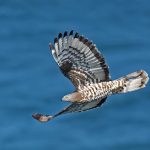
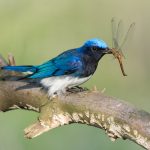

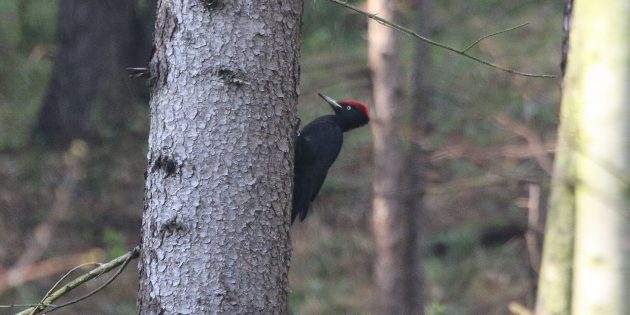
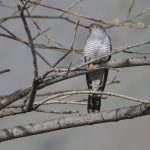
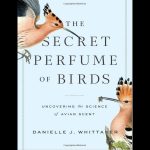
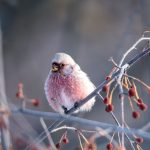
Hi Mike,
I just finished reading “Club George” and was searching for a blog for the author Bob Levy. I found your blog at the top of the list.
In 2005, I produced a art video about crows, after following crows since 1997. You can learn more about the project at http://www.crowtales.net
I will warn you that Crow Tales is still in need of a final edit and does not have distribution yet. It’s a long and sad crow story… But crow lovers flocked to the screening in 2005.
Patricia